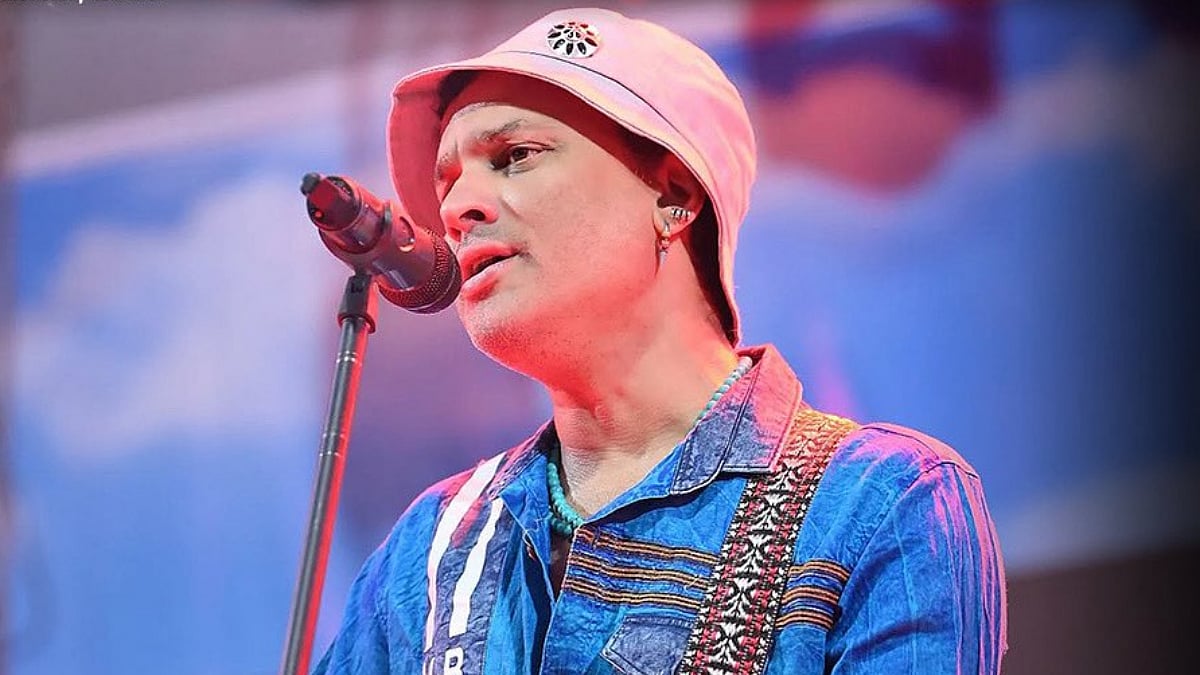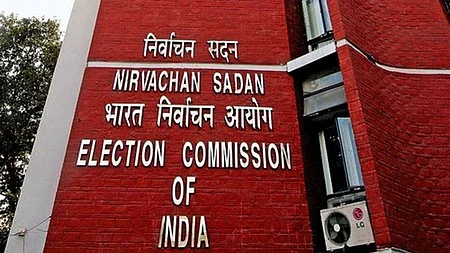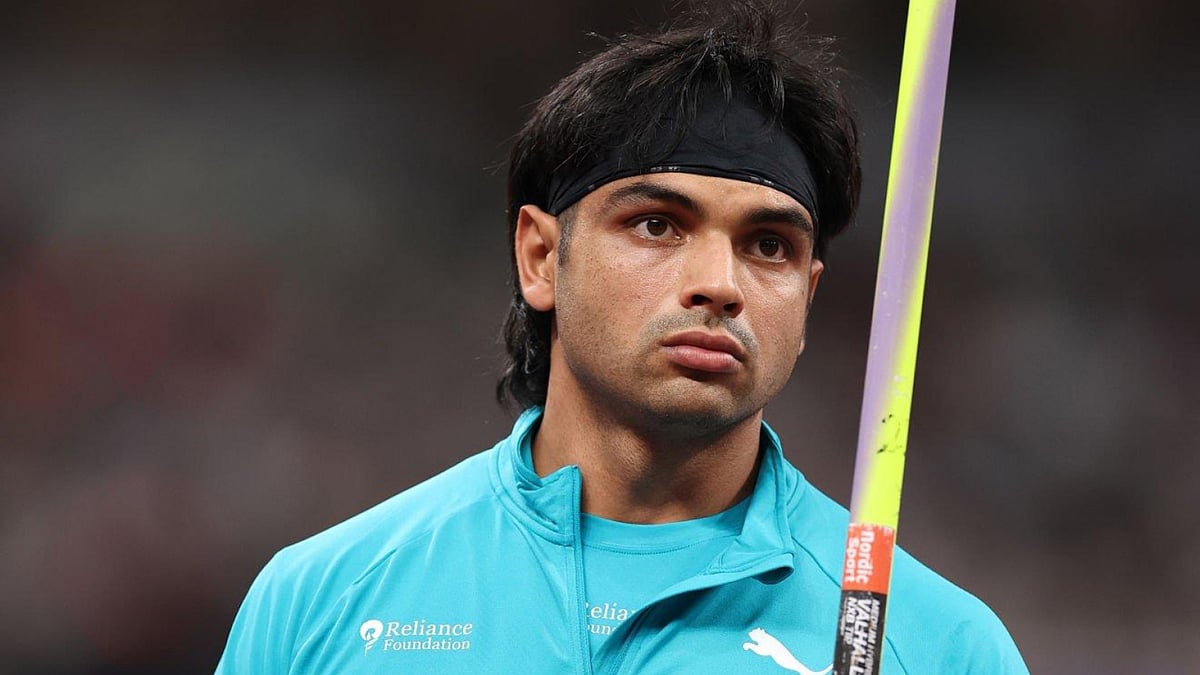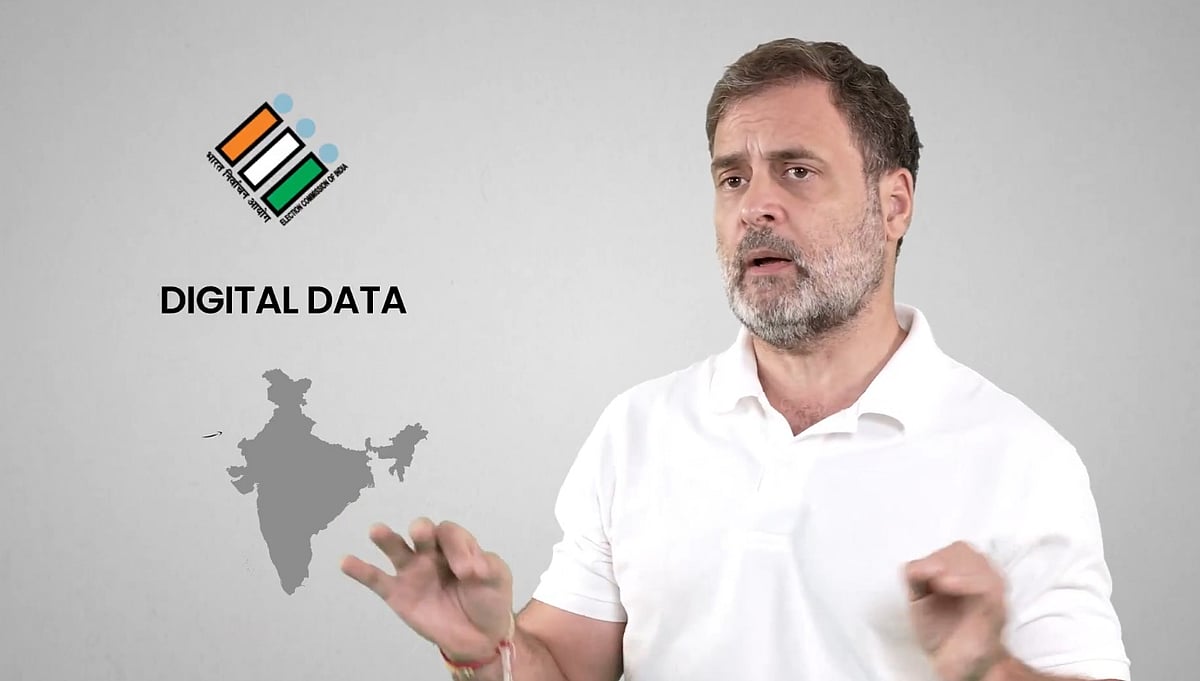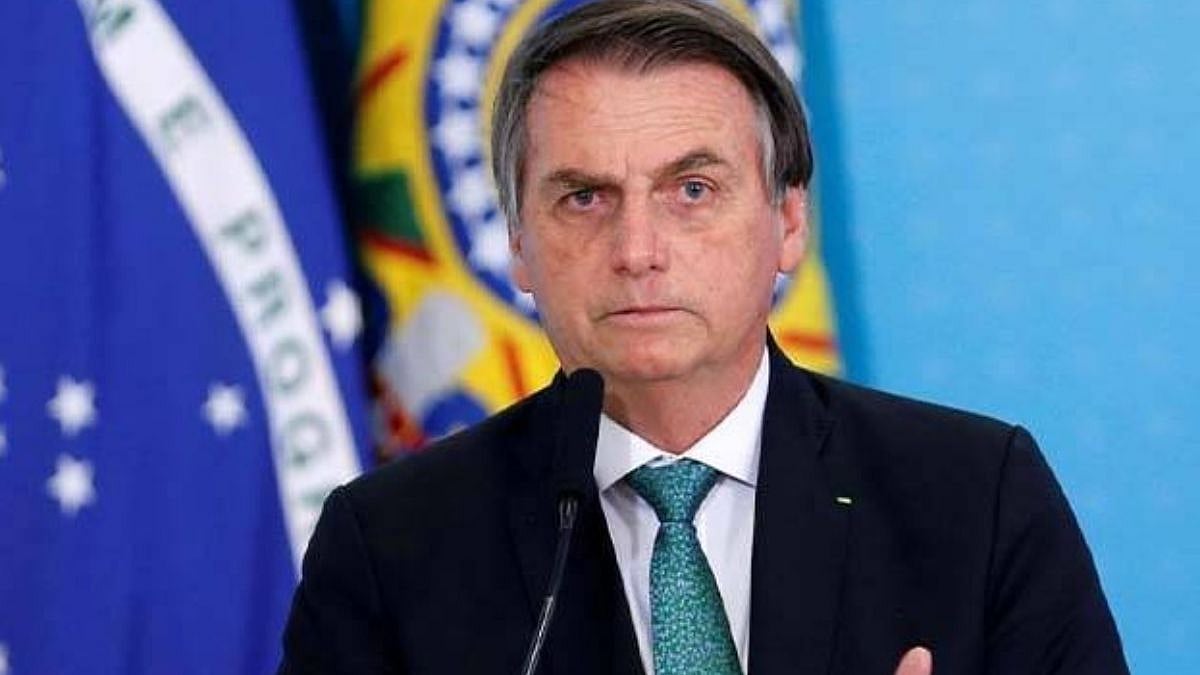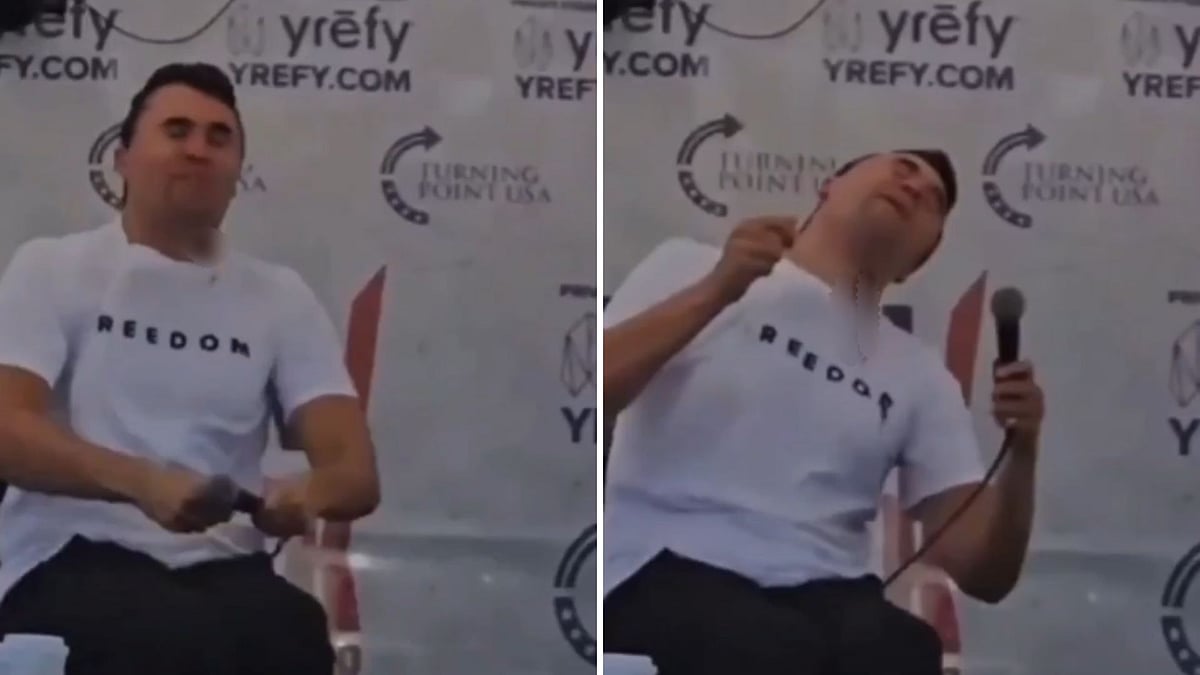The appalling impasse that the Modi government finds itself in with the relentless bullying tactics of US President Donald Trump is to a large extent of its own making. Had Prime Minister Narendra Modi not so aggressively posed as a Vishwaguru with a hotline to top world leaders, with Trump a close buddy, he may not have appeared so lost in the geopolitical storms blowing across the world. Unfortunately for the triumphalist leader and his cohorts, they are hoist on their own petard.
Baited simultaneously by both the superpowers, China and the United States, the Prime Minister’s balloon as a global strongman floated by his propagandists has been palpably punctured. The first jolt to his uniquely personality-centric approach to foreign policy came when the Chinese betrayed him with a savage military intrusion across the border after he held hands with President Xi Jinping swinging on a Gujarati jhula. But this did not cause him much harm at home since the Chinese have always been distrusted since they invaded this country in 1962.
However, Trump’s never-ending barrage of thinly veiled taunts and insults over the past few months to needle India into surrendering to a totally unequal trade deal has stunned even the most faithful of Modi’s followers. Not least because the United States has been seen as India’s closest strategic ally in recent decades, with Trump as a personal buddy of the Vishwaguru.
Indeed, the special Modi-Trump bond had been long advertised by government propagandists, including large segments of the mainstream media. This was boosted by Modi campaigning for Trump (a first for an Indian prime minister) with “Howdy Modi” rallies in the United States and the American leader’s own larger-than-life visit to this country, projected as the turning point in the Indo-US relationship. There was open rejoicing in the government, ruling party, and the cheerleaders at Trump’s return to power with great expectations from the Prime Minister’s chum in the White House.
When Modi was one of the first world leaders to wangle a visit to the White House, it seemed further confirmation to the faithful that this would inevitably lead to a huge diplomatic windfall for India. The fact that, unlike other world leaders who called on Trump at that time, Modi wasn’t met by the US President at the doors but a mere protocol officer did not ring alarm bells. Nor did Trump’s blunt disclosure at a subsequent press briefing that he shushed the Indian prime minister when the latter sought to negotiate a favourable trade deal, insisting that Modi would have to agree to US demands for lowering tariffs and ending trade barriers declaring, “No one wins an argument against me!”
Much to New Delhi’s distress, the US president started repeatedly targeting India as one of the chief culprits in the tariff war he claimed had been unleashed on his country. There was also considerable disquiet among Indians here and in the US when Indian deportees were sent back handcuffed and shackled even as non-resident Indians (NRIs), including some Republican leaders, were harassed and asked to go back to their native country by white supremacists of Trump’s MAGA base.
Yet, the Modi government and the BJP kept up a brave face even after Trump threatened to slap 25 per cent tariffs on “Liberation Day” at the start of April, pointing out that several other countries, including China and Pakistan, had fared worse. The commerce minister, Piyush Goel, with a wide grin on his face, claimed that a mutually beneficial deal between India and the United States was round the corner and one of the first trade agreements was to be inked. The tortuous process of the on-and-off tariff war followed with no Indo-US deal in sight, but most supporters of Modi were prepared to give him the benefit of the doubt, believing he would ultimately work out an arrangement with the US president.
It was only in the immediate aftermath of the dramatic Indo-Pak conflict and sudden ceasefire in May that the Prime Minister’s fan club realised that Trump was no longer his buddy. Even as Hindutva zealots, fed dreams by jingoist television channels and websites promising the Indian army breaking Pakistan into many pieces, were puzzled by the abrupt cessation of hostilities without any tangible gains, the US president forced himself into the picture, claiming that it was he who forced the ceasefire, announcing it before India or Pakistan could do so.
Despite repeated denials by the Prime Minister, various ministers, and officials, the US president has persisted in repeating ad nauseam that he had almost blackmailed the leaders of both India and Pakistan with the threat of a trade embargo to stop fighting. Unlike Pakistan, which has long sought to internationalise its dispute with India on Kashmir, Trump’s repeated interventions equating the two countries to two kids fighting in a street alley, have been a blow to Indian foreign policy and a personal embarrassment to Modi.
To make matters worse, Trump has hosted the Pakistani military chief, Field Marshal Asim Munir, to a private lunch after Islamabad got generous loans with US support from the IMF and other international agencies, along with a key position in the UN Security Council, supervising the fight against international terrorism. The final insult to the Indian Prime Minister came this week when hours after this country was slapped by the US president with arbitrary 25 per cent tariffs plus an undisclosed penalty for getting Russian arms and oil, he announced that a deal had been struck with Pakistan to jointly explore “massive mineral and oil resources” in that country.
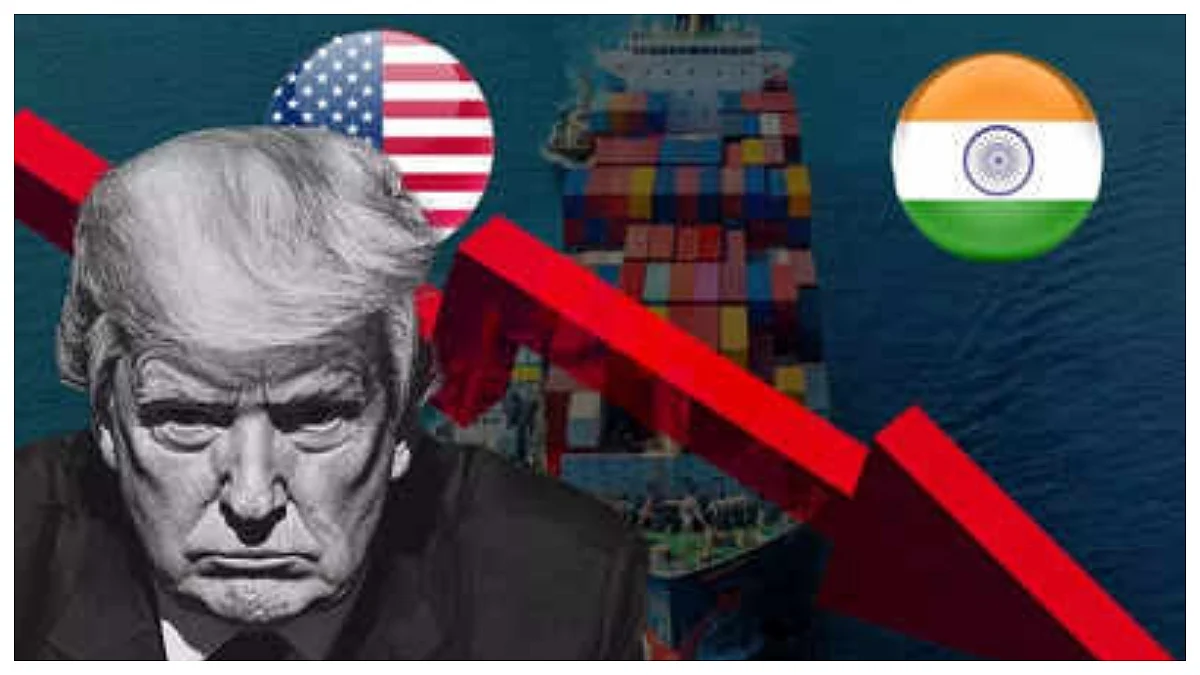
While Modi and his advisers would no doubt discuss various ways on how to negotiate the implications of the foreign and economic policies of the present crisis, what may be trickier is how to manage the collateral damage to his image at home. Being the only Prime Minister so far to weaponise his supposed global stature for domestic politics, he faces a daunting task now that it has backfired.

